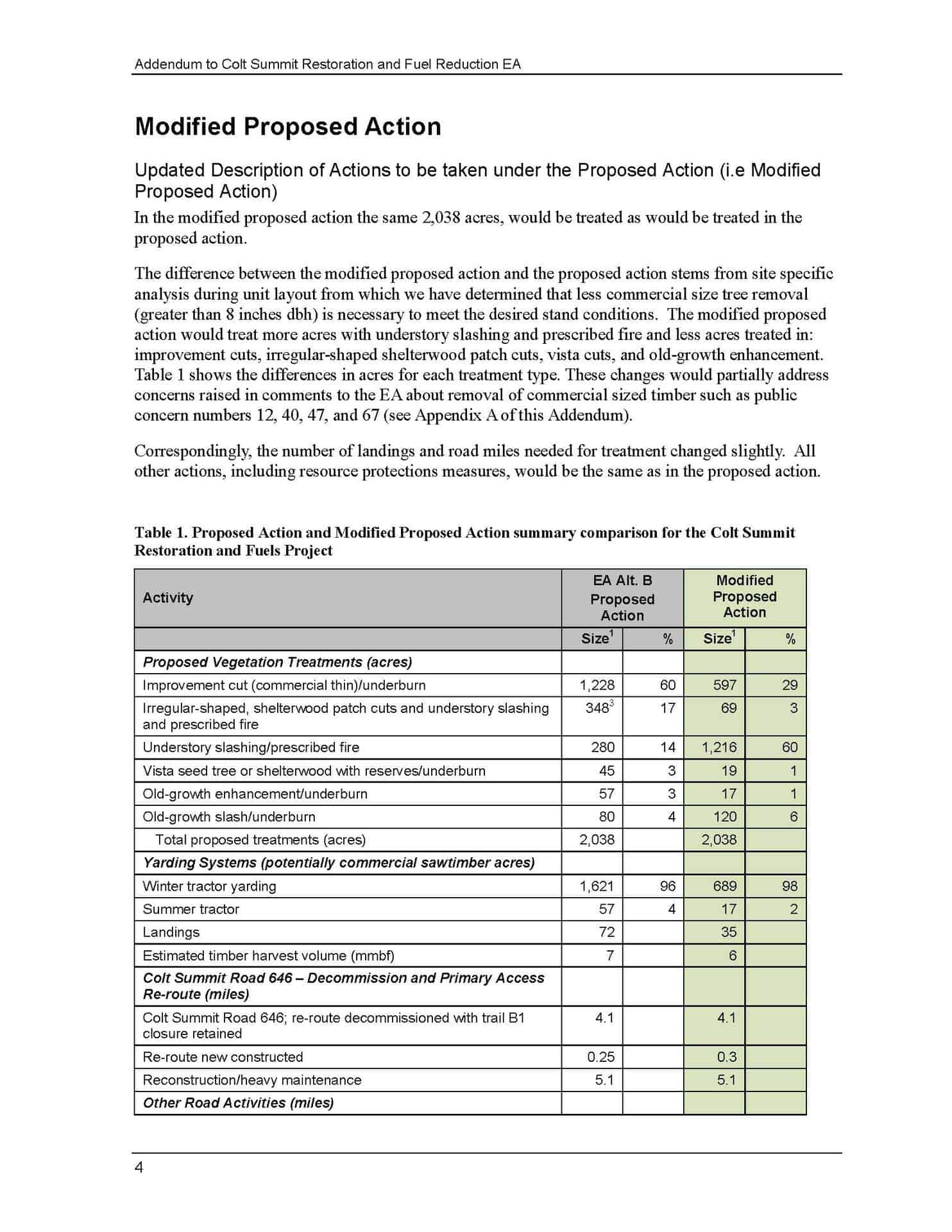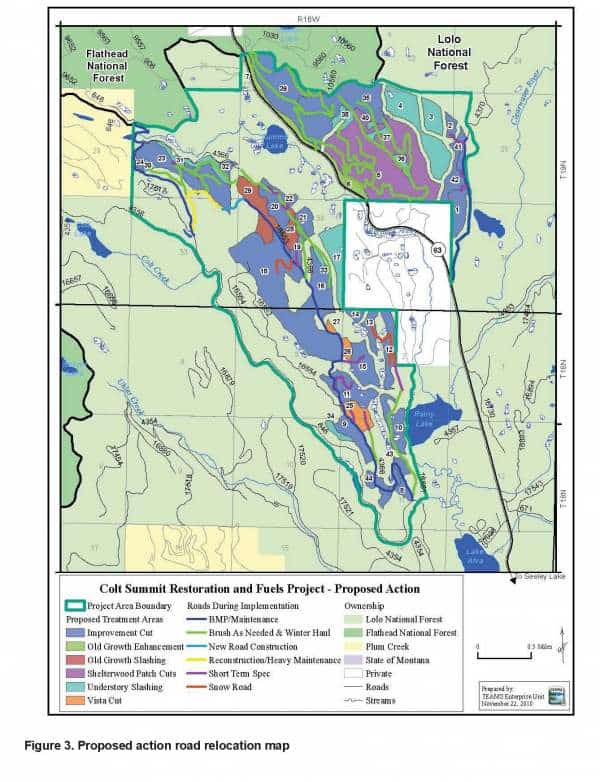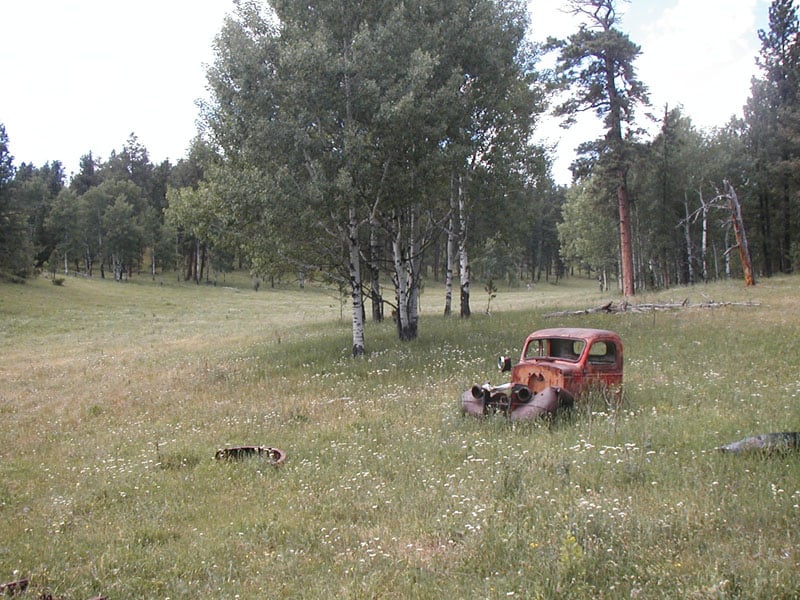Could it be that with the Adventure Pass program, the Forest Service was once-again trying to emulate business interests it once sought to regulate. Not that this is wrong, or evil—at least not unless you firmly believe that “Money is the root of all evil.” But it is clearly not what I want from the Forest Service. I made this case last year in Forest Service Mindshift: From Regulators to Partners.
I believe that the move to “marketize”, say, an ‘Adventure Pass’ program comes naturally to those in the Forest Service who have been hobnobbing with ski resort owners, Disney people, outfitters, etc. and want to be part of that world. It is just a piece of a broader “Print Your Own Money” mentality that has become firmly entrenched I the minds of some Forest Service managers? Of course they want to be apart from that world too, they want to be recognized as government agents, civil servants, etc. Can they have it both ways? I don’t think so.
My ‘beef’ with the Forest Service in this is, and has been for a very long time, simply expressed via Joni Mitchell’s lyrics from A BIG YELLOW TAXI. (copied from a dialogue thread I put into Eco-Watch bulletin board back in 1999):
by Joni Mitchell
~~~~~~
They paved paradise and put up a parking lot
With a pink hotel, a boutique and a swingin’ hot spot
Don’t it always seem to go
That you don’t know what you’ve got till it’s gone
They paved paradise and put up a parking lot
They took all the trees, put ’em in a tree museum
And they charged the people a dollar and a half just to see ’em
Hey farmer farmer, put away that D.D.T. now
Give me spots on my apples but leave me the birds and the bees
please
Late last night I heard the screen door slam
And a big yellow taxi took away my old man
They paved paradise, put up a parking lot (choo bop bop bop bop)
They paved paradise, put up a parking lot
~~~~~~
I don’t want national forest trees put into a “tree museum,” where you “pay a dollar and a half just to see them.” I don’t want “swingin’ hot spots” and other overly luxurious recreation facilities on the public lands. Not that such is imminent, but it might be only a bit further down the road to ‘market land’. In short I want my experiences on public lands to be as far from Madison Avenue spin as possible.
So I was delighted that the Ninth Circuit slapped the Forest Service hard (pdf) on this one—particularly since the Congress put the Recreation Enhancement Act in place to give firm guidance as to how the Forest Service ought to administer fee collection programs. Questions remain. How/Why did the Forest Service come to believe that it was acting within the scope of the Recreation Enhancement Act (available here) when it continued to use the Adventure Pass program for general access fees in some areas after the REA was passed in 2004?
Extended Footnote on Framing/Blaming
In an earlier post, I argued that the there were various ways to frame arguments, building from one of Sharon’s posts. The frame I imposed was a bit extreme, and unfairly characterized the Forest Service as a villain. I did it in part to suggest that Sharon’s earlier post had unfairly characterized the Forest Service as a victim. I realize now that I was unfair in my framing and in my characterization of Sharon’s earlier framing. In short, the victim/villain framing was too harsh and a bit silly—but it did get some folks to think a bit. A better approach would have been to admit that villains are best left for fiction, and that better framing for real world situations ought to follow this advice:
“In the real world there are no villains. No one actually sets out to do evil. … There are no villains … rubbing their hands in glee as they contemplate their evil deeds. There are only people with problems, struggling to solve them.” Ben Bova
In a recent book, Being Wrong, Kathryn Schulz says, among other things, that people often put people they disagree with in one of three boxes: either they are “unformed”, else they are “idiots”, else they are “evil.” Schulz argues that there remains another possibility. People we disagree with may be quite well informed (have plenty of facts at hand), and they may not be idiots, neither evil. They might just view the world differently.
Incidentally, here is a link to a great little video presentation from Schultz at the 2011 TED Conference. Or, if you prefer, just browse the “first few pages” via Amazon of Schulz’s Being Wrong.
I challenge all to steer clear of the victim/villain framing that I used in my earlier post, as much fun as it is to frame things that way. But to so steer is to move away from much of the rhetoric used in the “industry/environmental wars” and other political arenas.
Finally, keep in mind that it proves very hard for any of us, particularly those in power, to admit error. Here is what Diane Ravitch said, when being interviewed on being wrong about her earlier championing of the “No Child Left Behind” program:
Schulz: If you could hear someone else interviewed about wrongness, who would it be?
Ravitch: That’s a hard one. Donald Rumsfeld said he was wrong, but I don’t even want to hear from him. [Former Treasury Secretary, former Goldman Sachs Co-Chair, and former Citigroup Chair] Bob Rubin would be interesting, but he’ll never admit he was wrong. Right now what’s coming to mind are people who have never admitted that they’re wrong about anything.
Schulz: Like who?
Ratcliff: Like basically everybody I’ve been associated with for the last 20 years.
Related Reading
Kathryn Schulz. 2010. Being Wrong: Adventures in the Margin of Error
Robert Jervis. 1997. Systems Effects: Complexity in Political and Social Life
Albert O. Hirschman. 1991. The Rhetoric of Reaction. Perversity, Futility, Jeopardy
Deitrich Dörner. 1989. The Logic of Failure: Recognizing and Avoiding Error in Complex Situations
Larry Tye. 1988. The Father of Spin: Edward L. Bernays & The Birth of Public Relations
Richard Hofstadter. 1952. The Paranoid Style in American Politics
[Note: Here’s a post I developed on The Logic of Failure]









